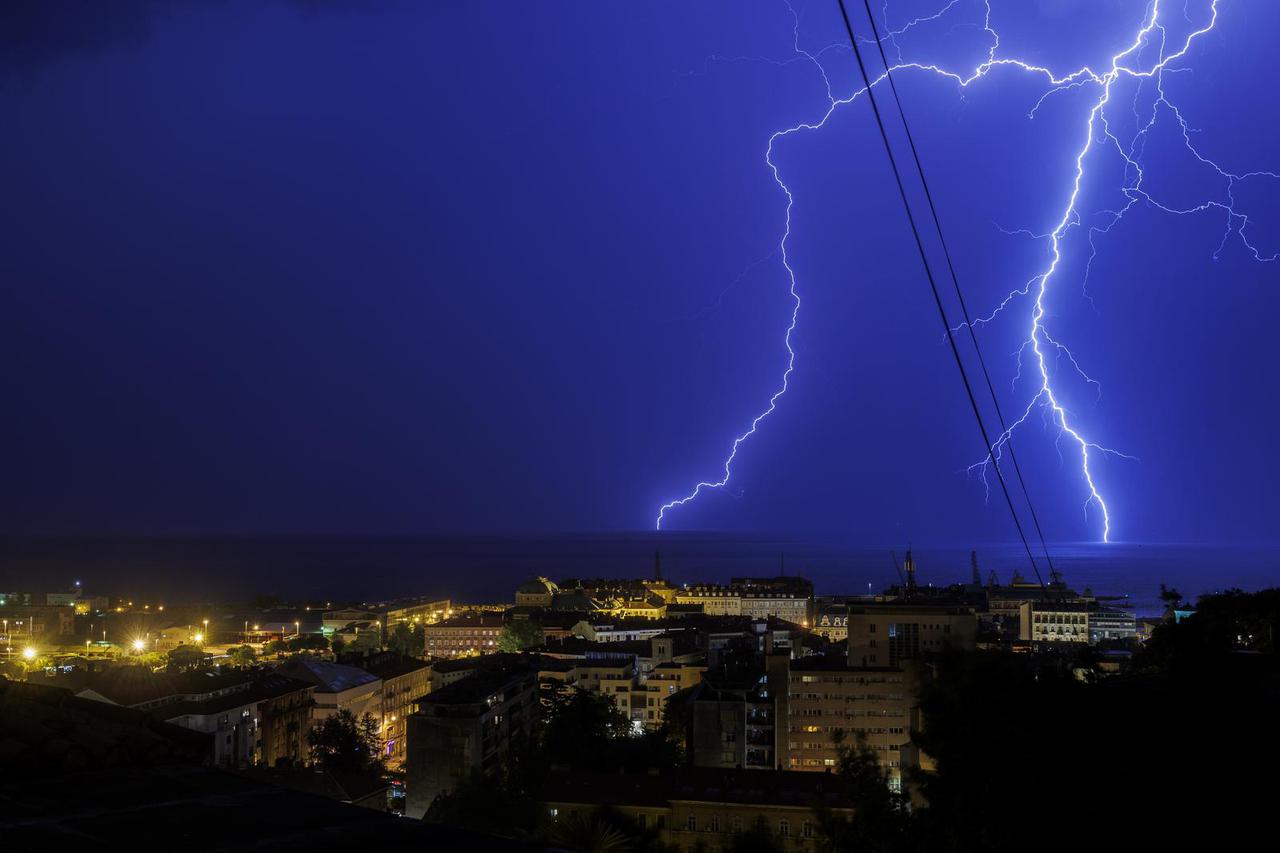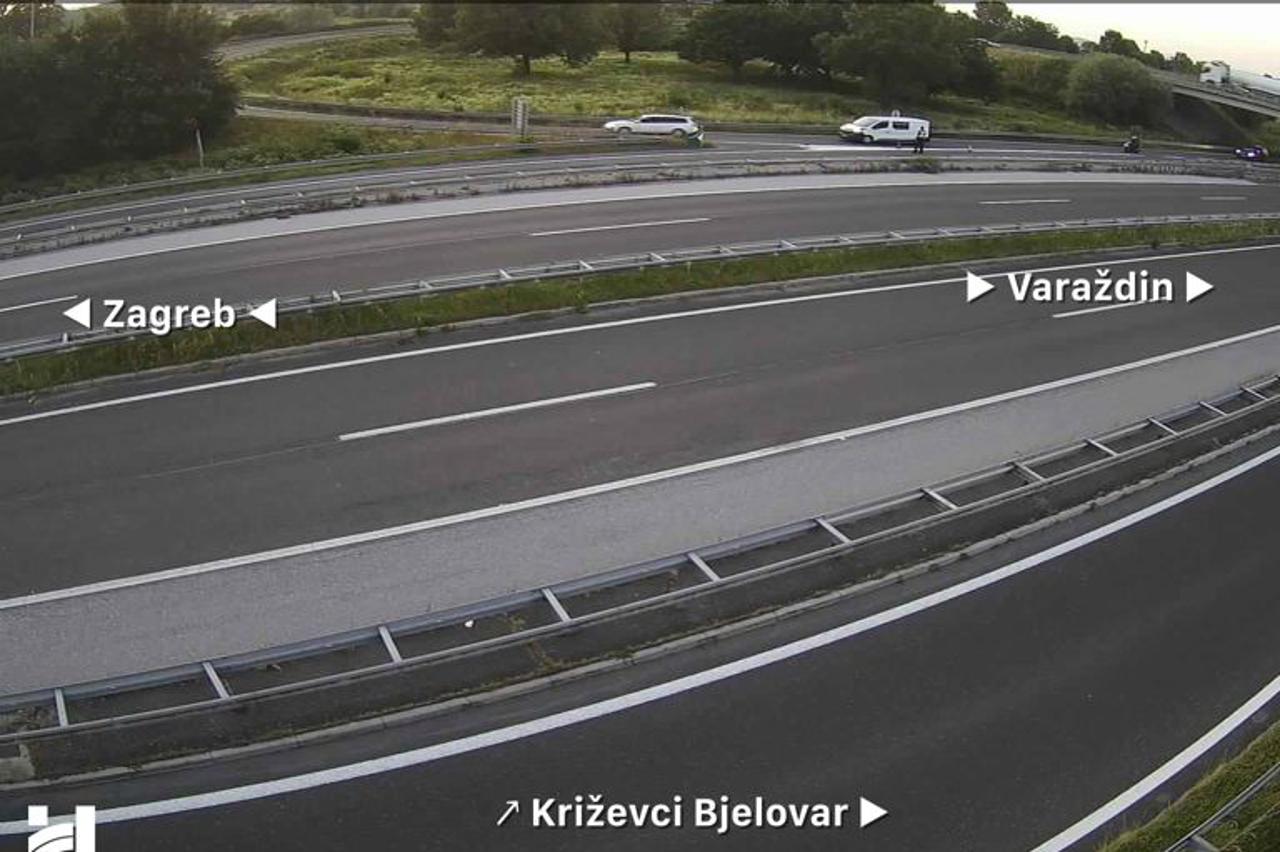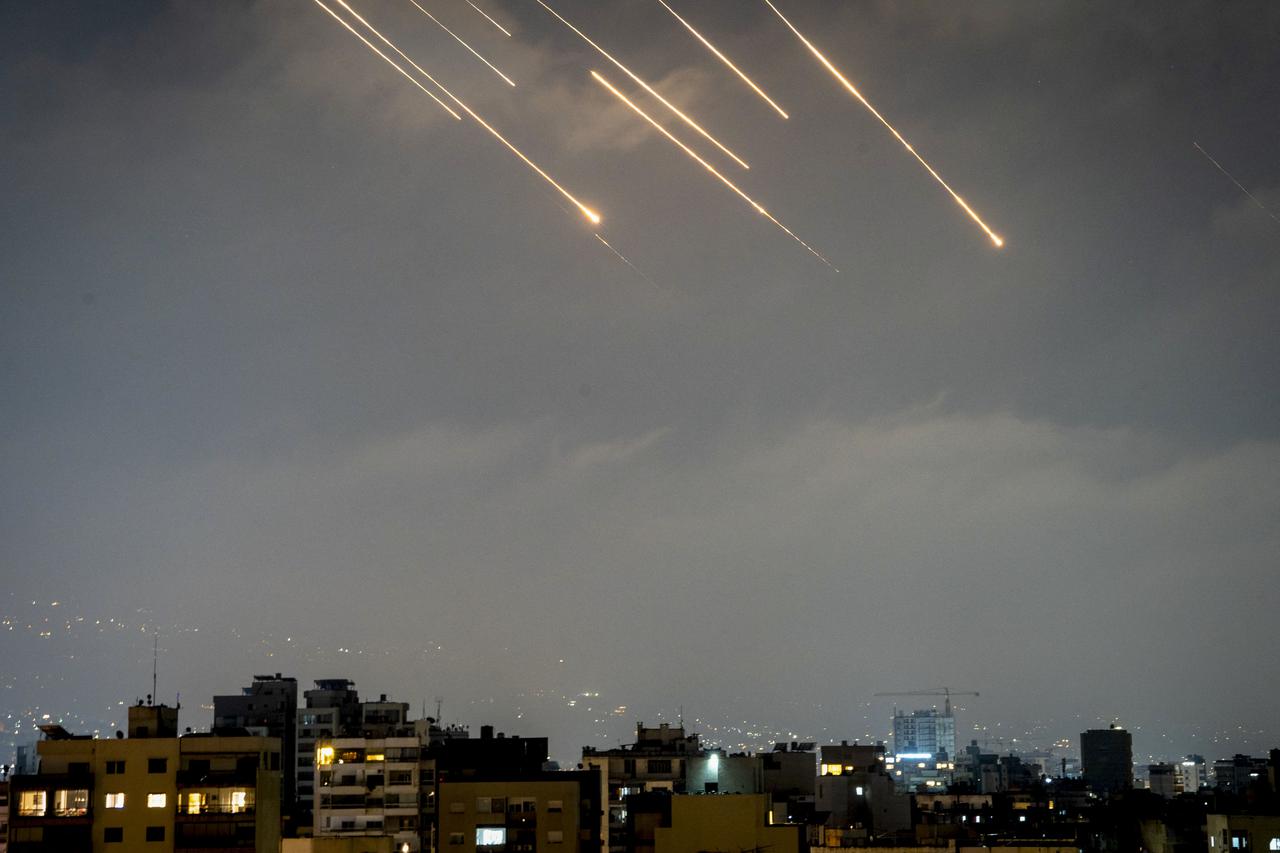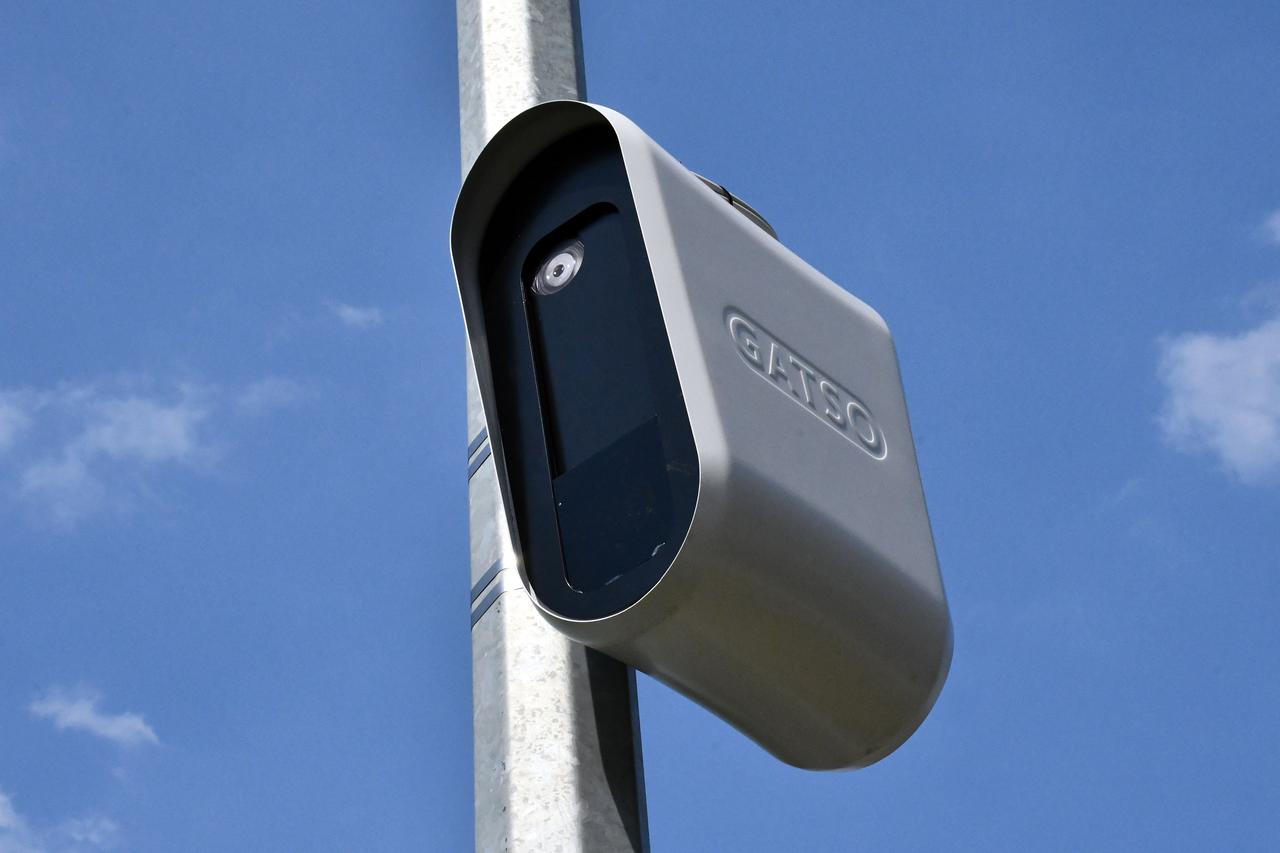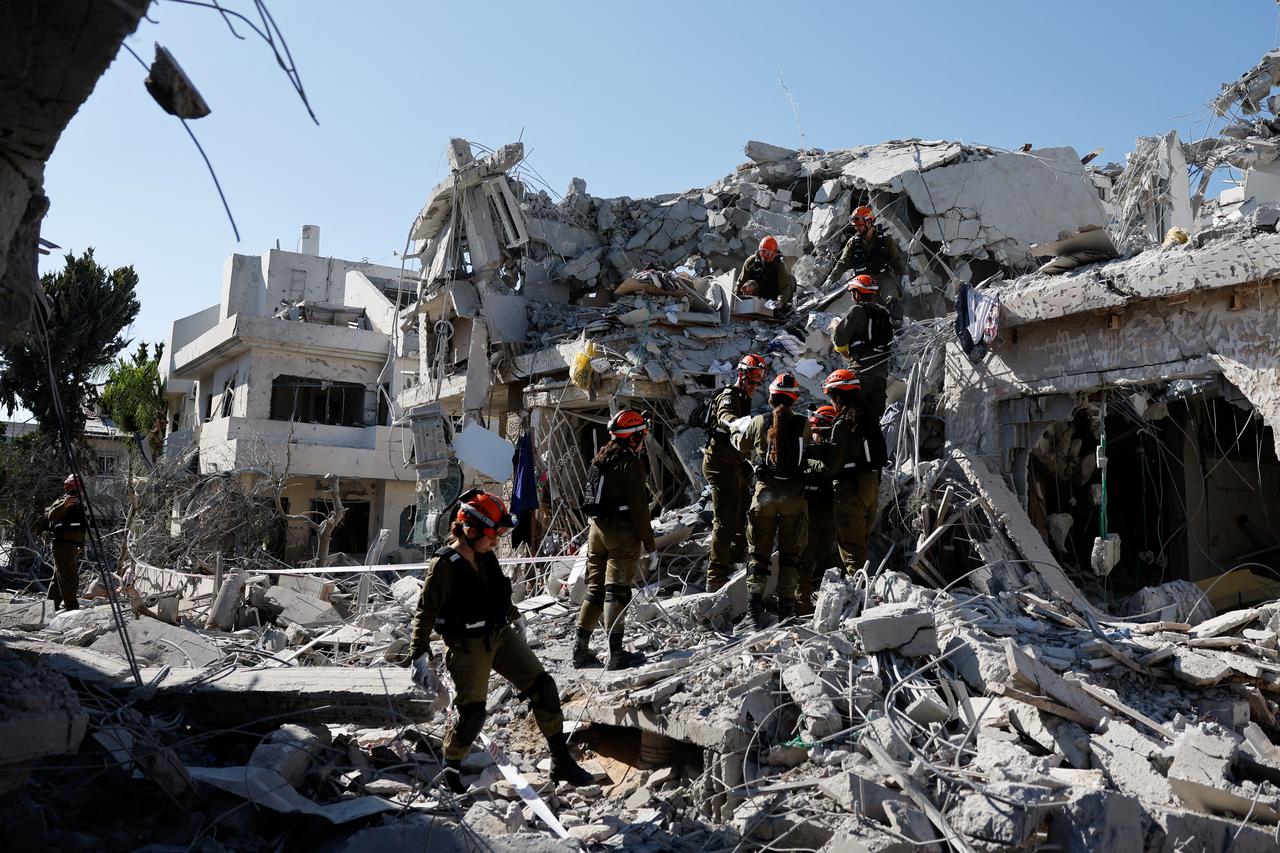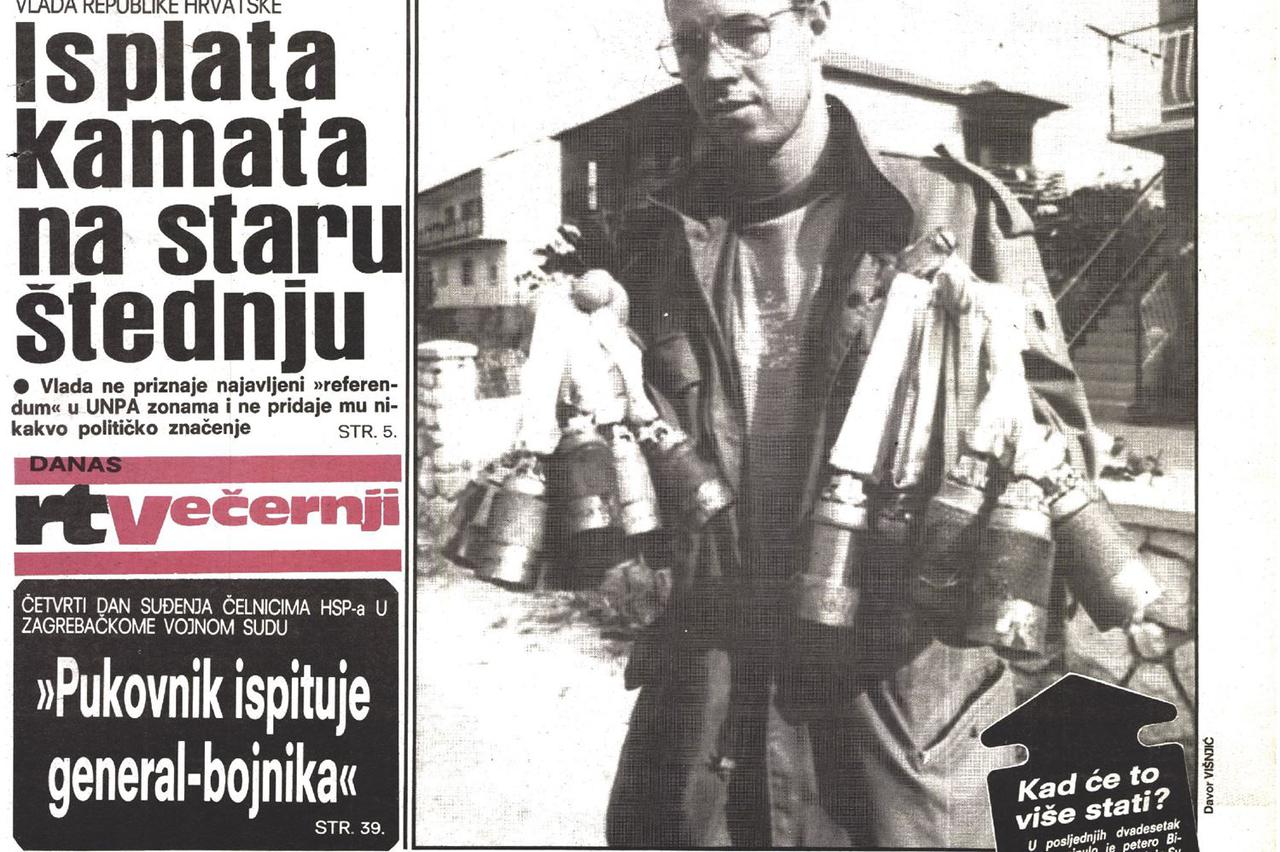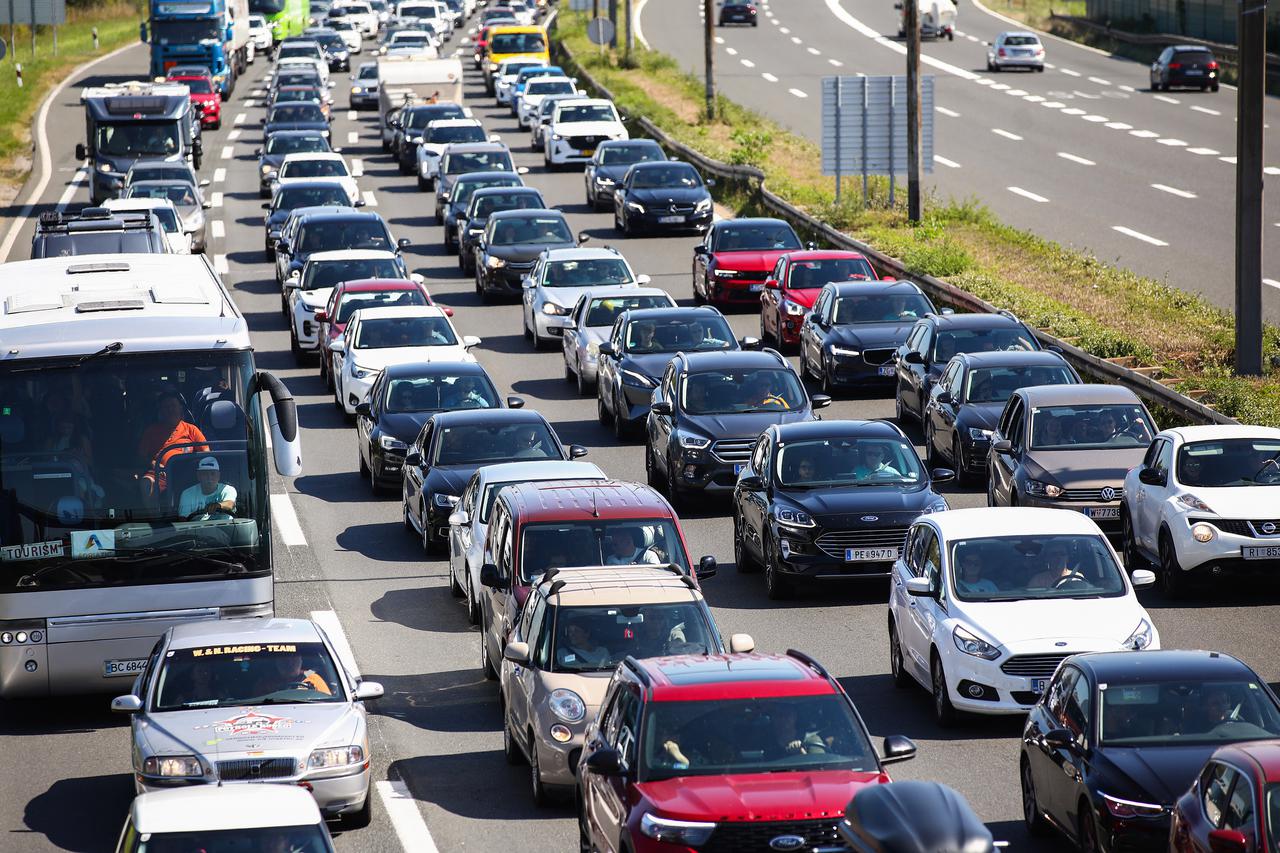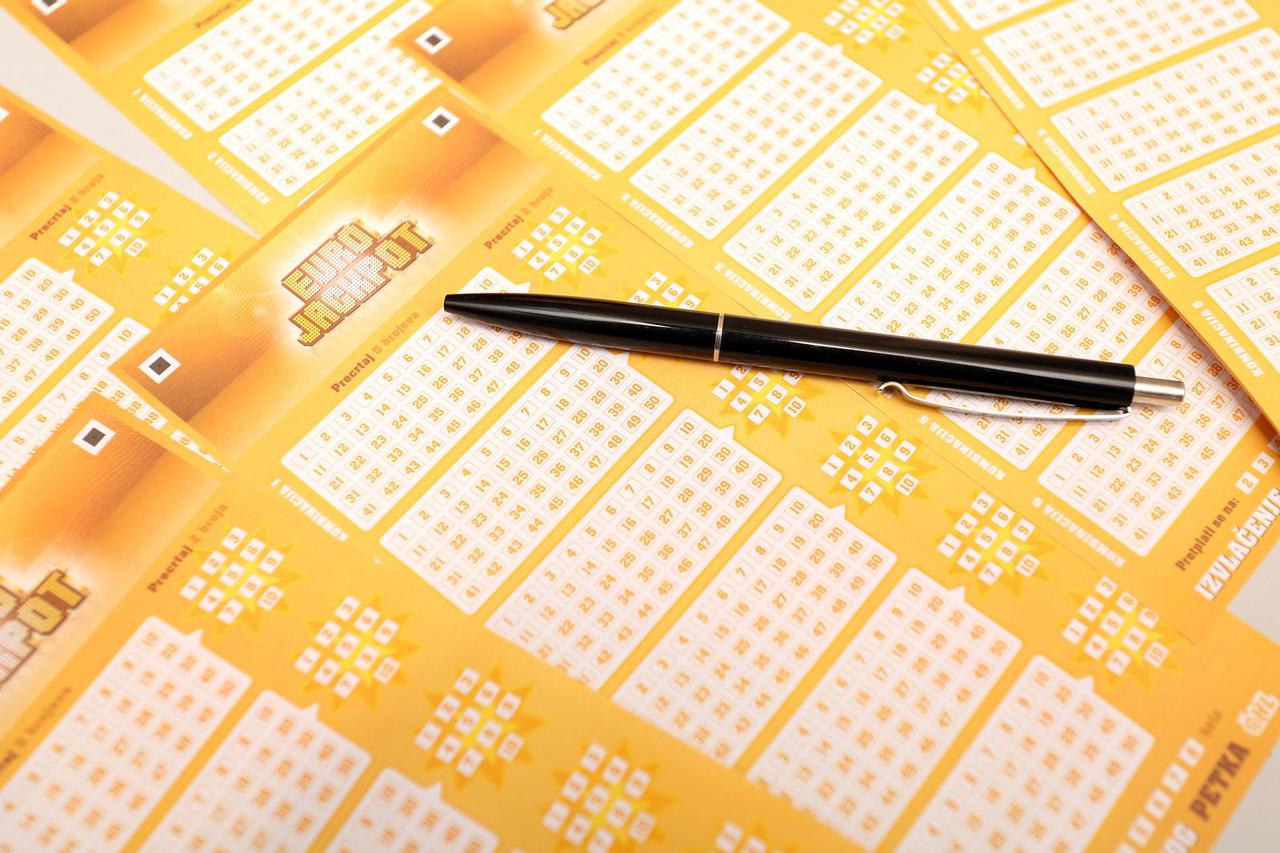The main topic of the article is the 30-30 rule which helps estimate the distance of a thunderstorm and increases safety during thunderstorms. The rule states that the number of seconds between lightning and thunder divided by three gives an approximate distance of the storm in kilometers. If the time is less than 30 seconds, the storm is close and there is a high risk of lightning strike. After the last thunder, one should wait at least 30 minutes before leaving a safe shelter. The articles emphasize the importance of avoiding open spaces, contact with metal objects and water during thunderstorms, as well as recommendations for behavior in cars and at home. The topic is reported with a focus on practical advice for personal safety during weather hazards.
Political Perspectives:
Left: Left-leaning sources tend to emphasize the importance of public safety education and community awareness regarding natural hazards like thunderstorms. They highlight the need for accessible information and government responsibility in disseminating safety guidelines such as the 30-30 rule to protect vulnerable populations.
Center: Center-leaning sources focus on the practical application of the 30-30 rule as a simple and effective method for individuals to assess thunderstorm risks. They provide clear, factual information and safety recommendations without political framing, aiming to inform the general public about how to stay safe during thunderstorms.
Right: Right-leaning sources may emphasize personal responsibility and preparedness when it comes to natural hazards. They might highlight the 30-30 rule as a tool for individuals to independently protect themselves without relying heavily on government intervention, stressing self-reliance and practical safety measures.


